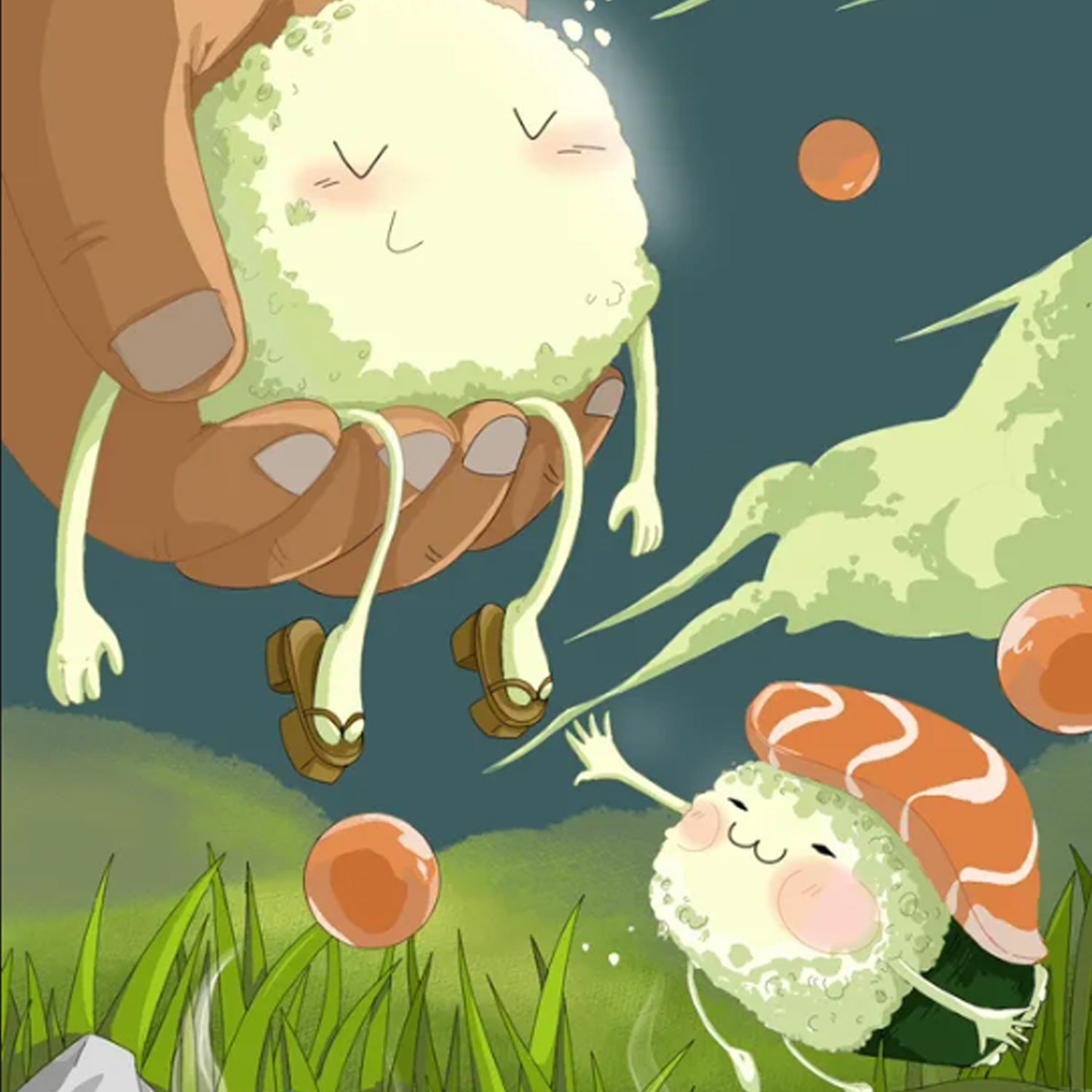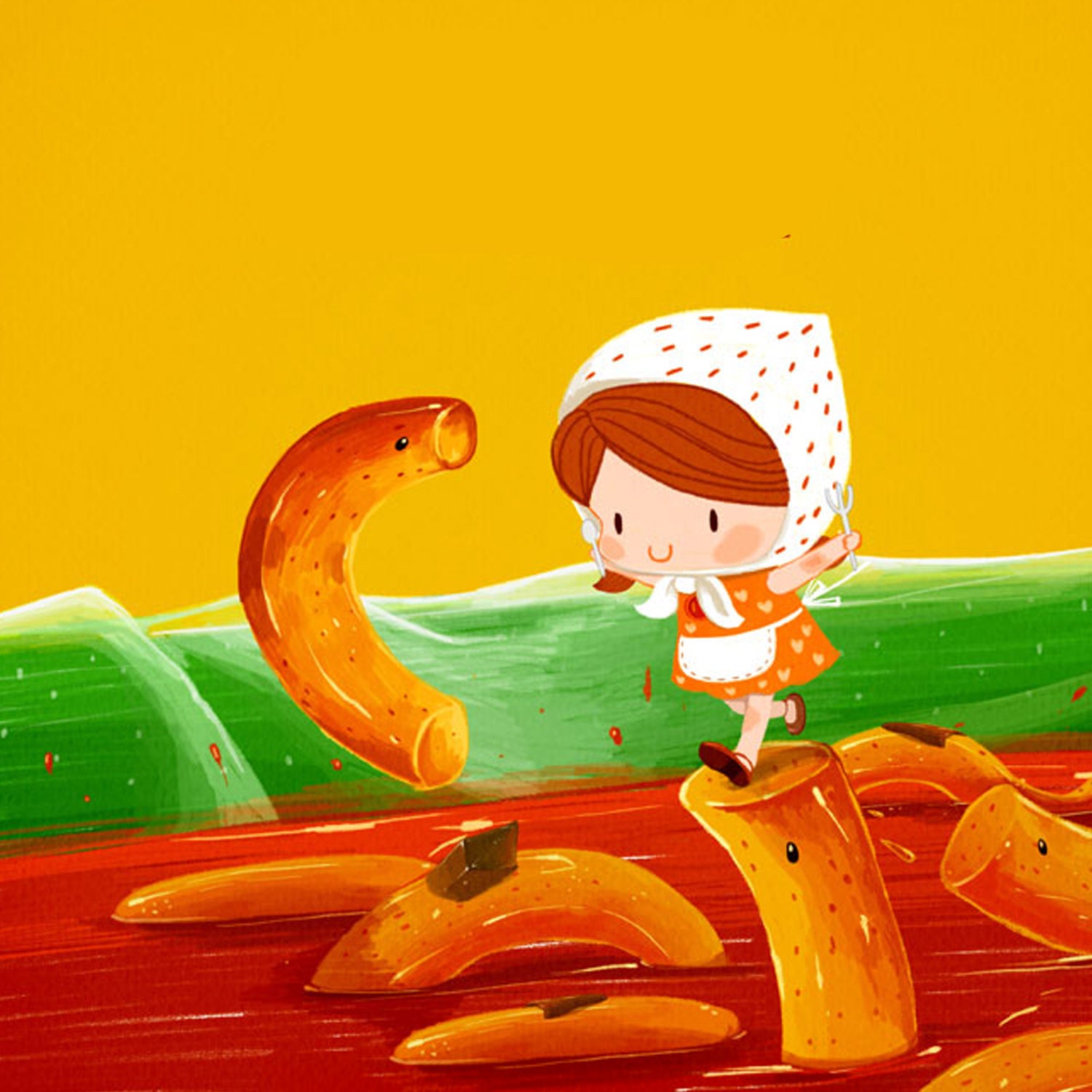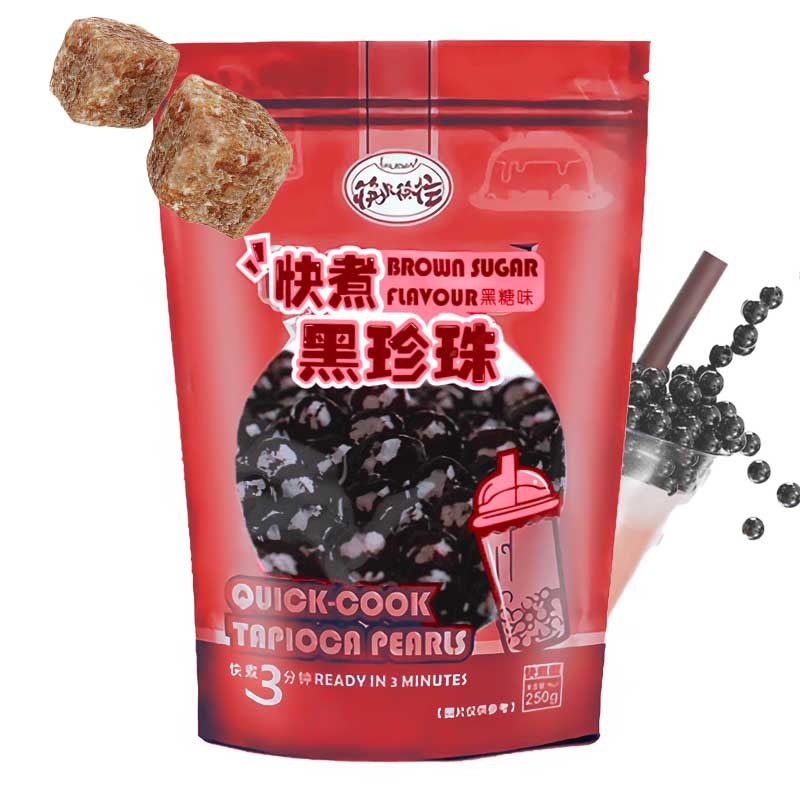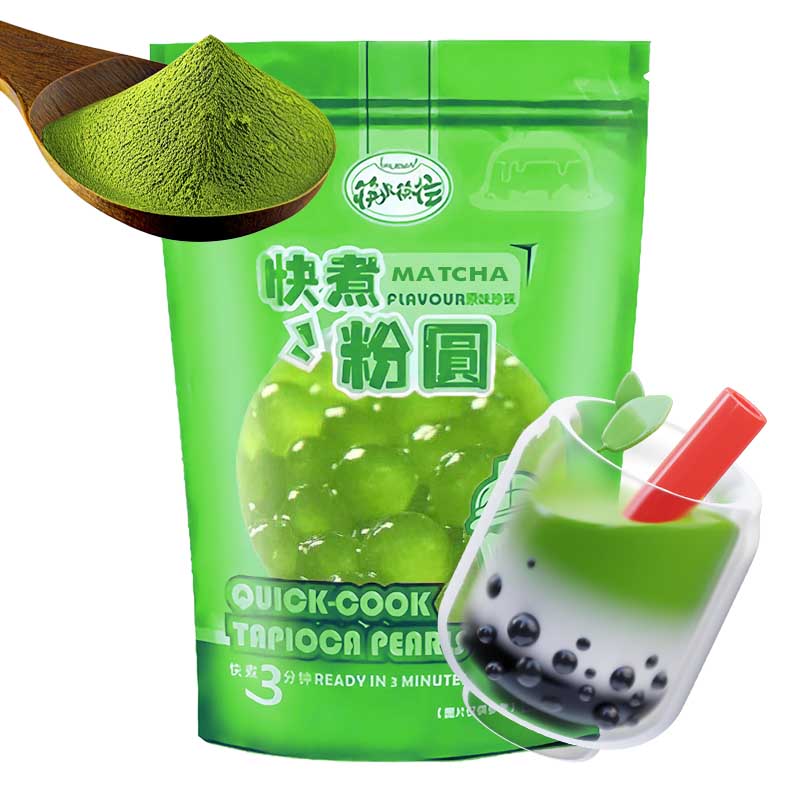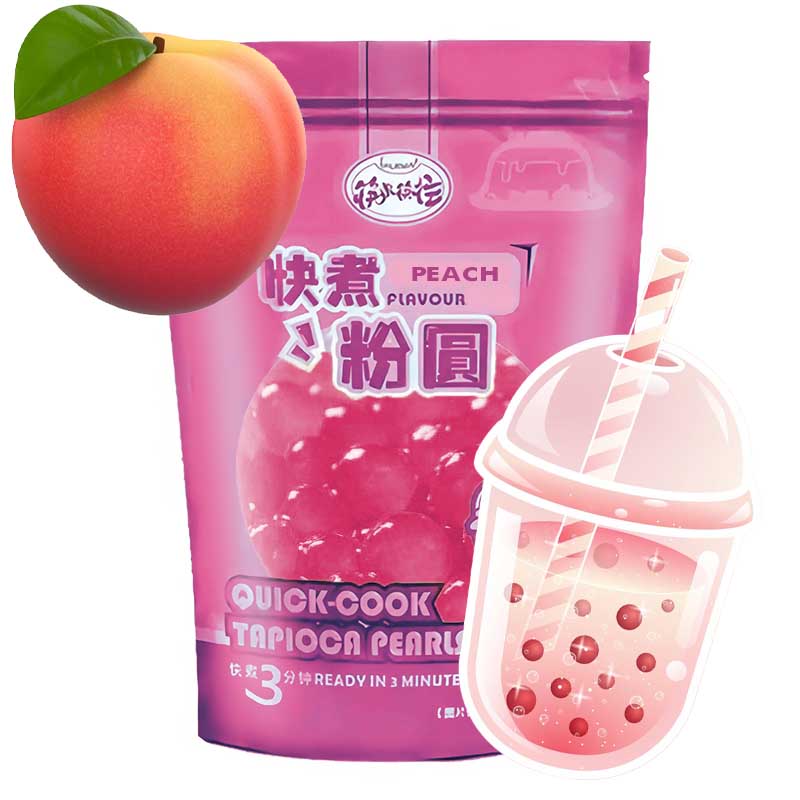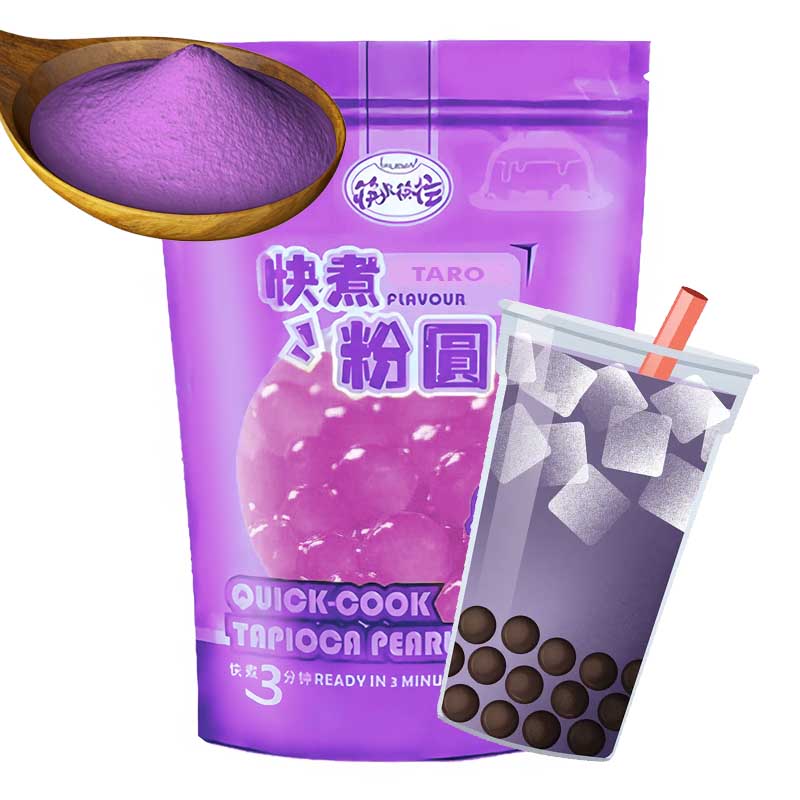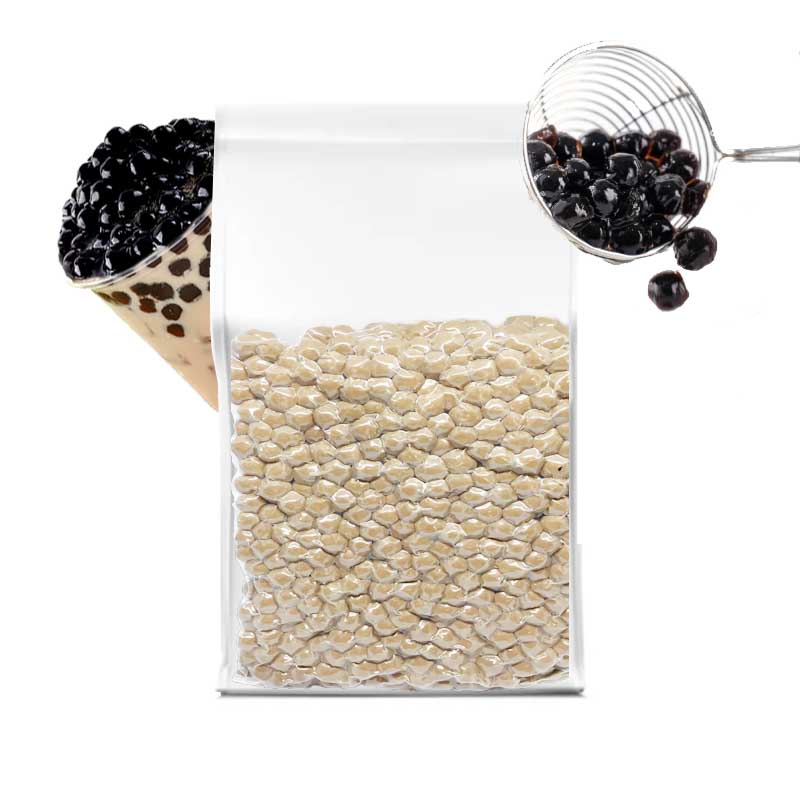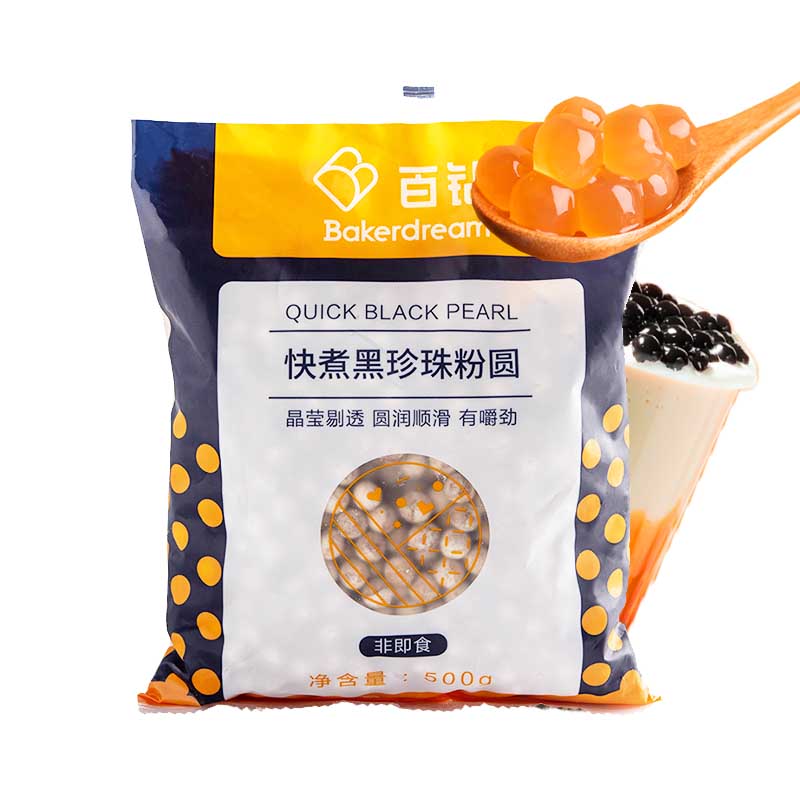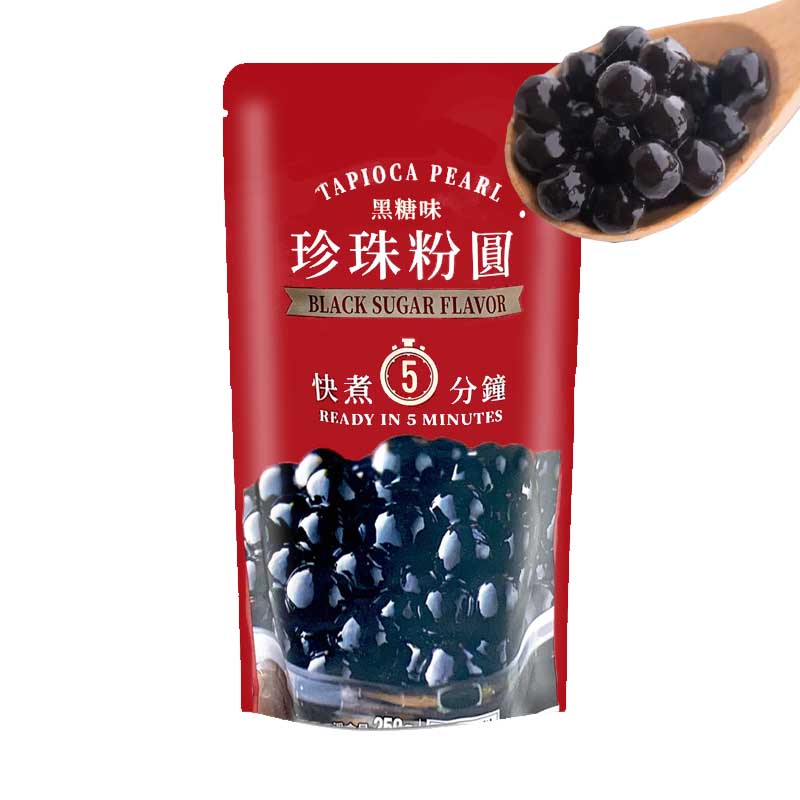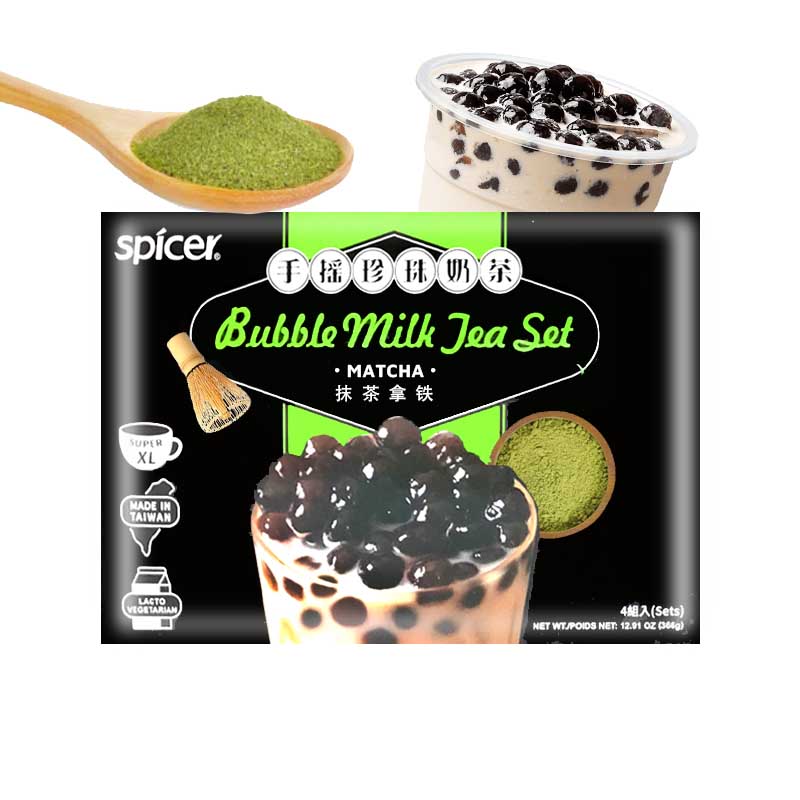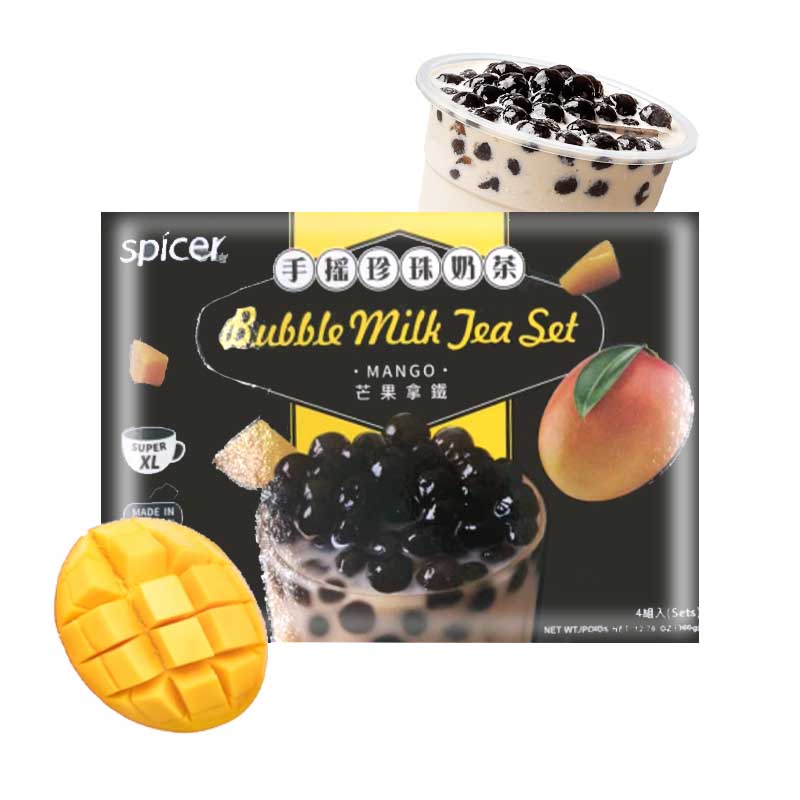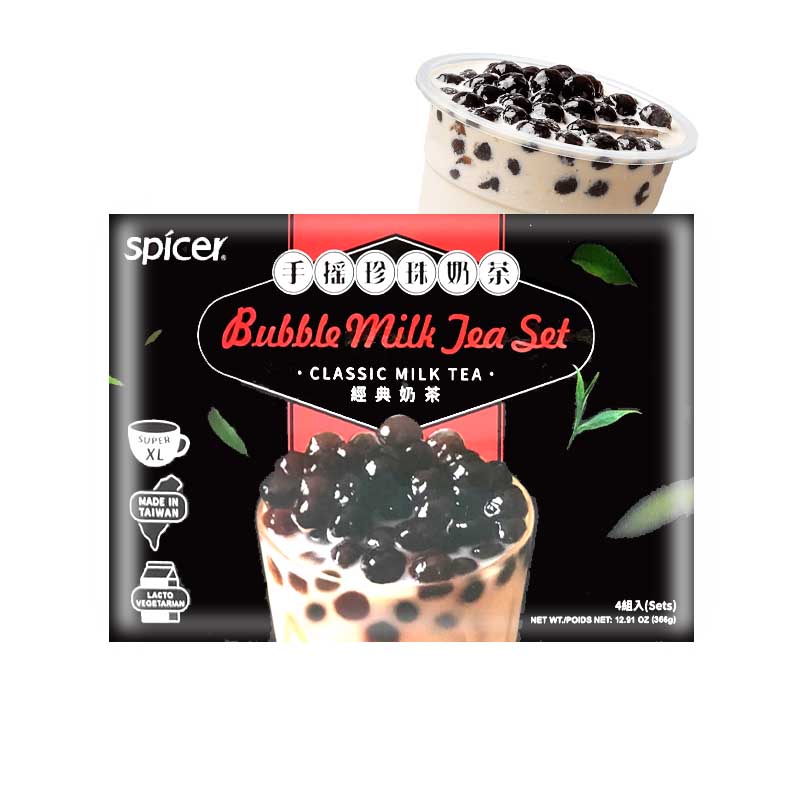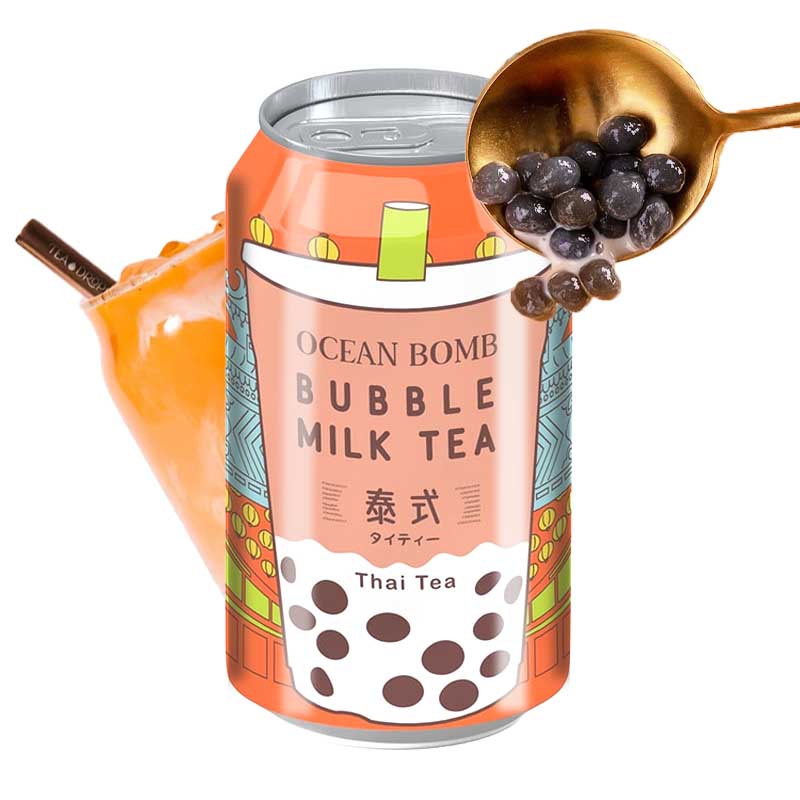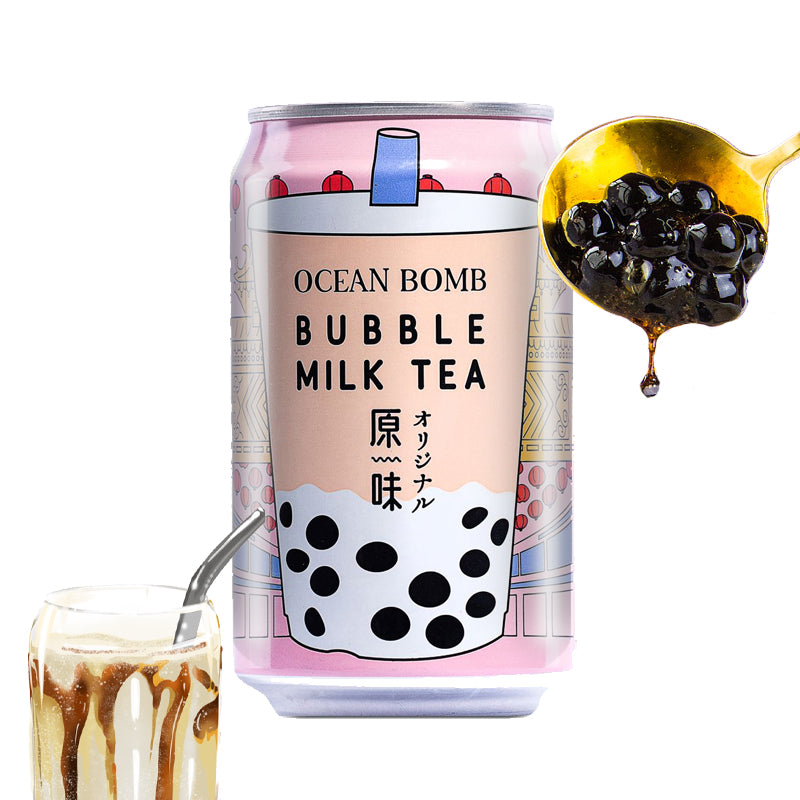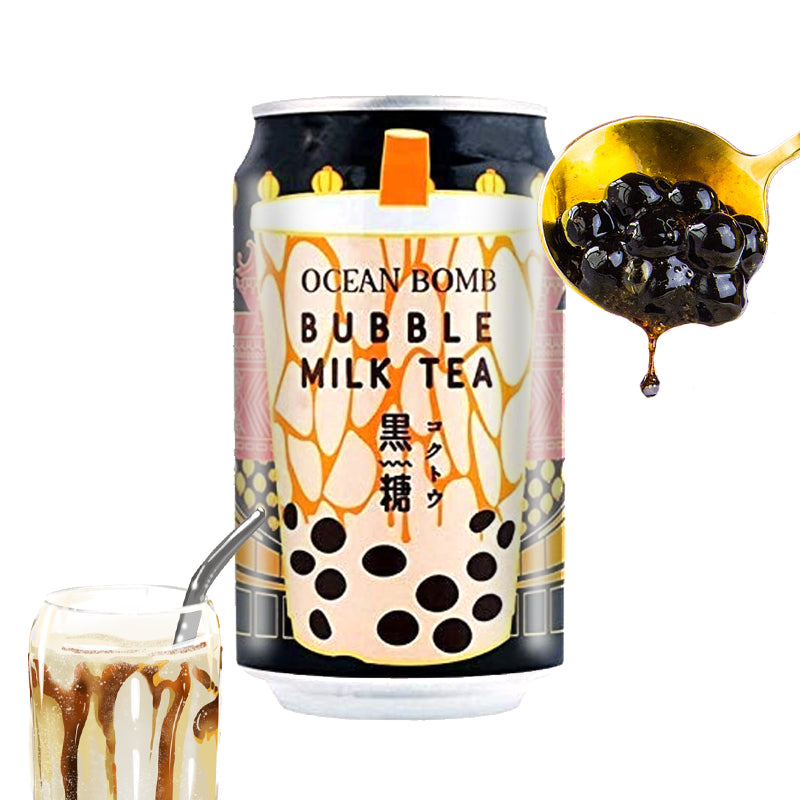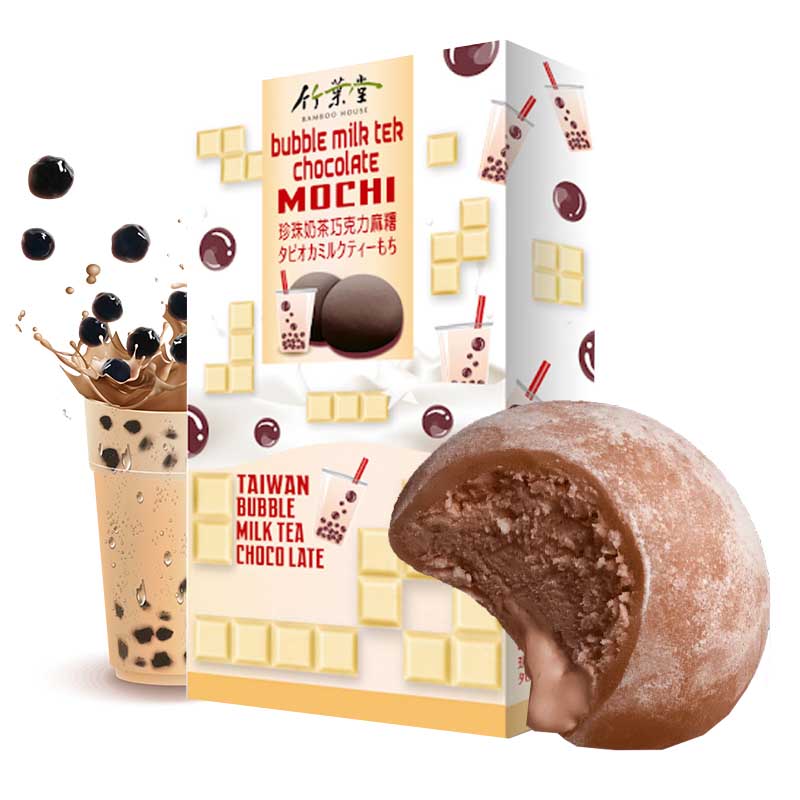Bubble Tea
Everything you need to know about bubble tea
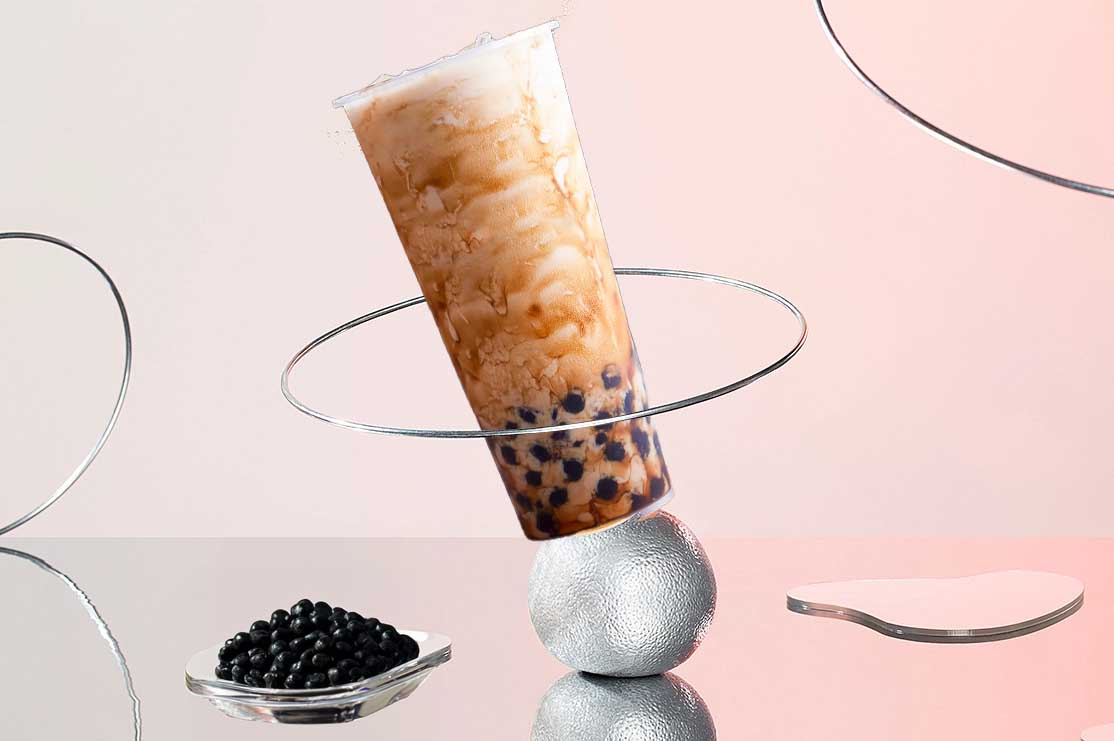
What is bubble tea (Boba tea)?
In short , a drink that includes tapioca or fruit-flavored pearls.
But, that only scratches the surface. When someone says ' boba tea ', they are referring to a cold drink traditionally prepared with a tea base, a milk or fruit flavor, and edible pearls (the ' boba ' in boba tea) inside a cup.
Boba tea has many aliases that tend to confuse people. You may have heard one or more of these phrases, but you should know that they all mean the same thing: bubble tea, pearl tea, bubble milk tea, boba, boba fruit tea, or tapioca tea .
Boba Tea has become increasingly popular in recent years. This is largely due to the new and unique drinking experience of having tasty edible pearls in a drink!
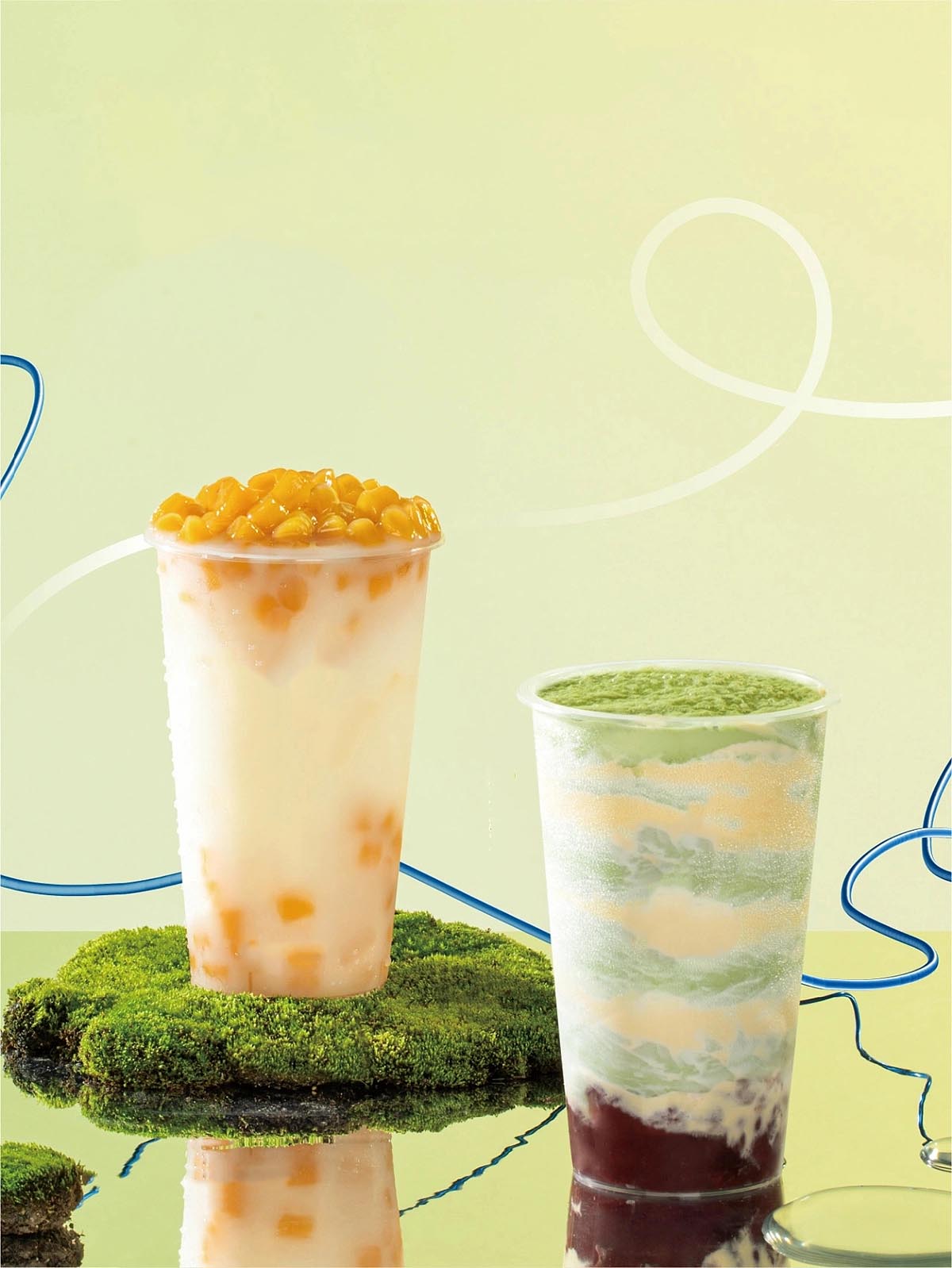
Bubble tea type
tapioca boba
Traditional boba milk tea is served with tapioca balls, which are made of starch and are commonly known as " pearls ."
The drink is usually a combination of milk, water, tea and sugar , however the drink has many variations. Bubble tea is available in hot and cold versions . It is usually served in a wide-mouth plastic cup and closed with clear plastic wrap.
Traditional boba pearls sit at the bottom of a cup and are very chewy .
Its consistency is similar to a mixture of bubblegum and gelatin (don't worry, it doesn't include gelatin), and it can be enjoyed at any time of the day. Most tapioca pearls are black, but there are also white and some clear versions .
Popping Boba
Fruit-based boba can be paired with a variety of toppings, but is most commonly ordered with popping boba .
Popping boba are edible spheres, often filled with fruit, that have a gel-like skin. Hence the name, popping boba explodes with flavor when squeezed. Popping boba is traditionally made with seaweed extract, calcium compounds, fruit juice, water, and a sweetener.
Jelly Topping
The other common ingredients of choice are jellies . Jellies are fruit-flavored, chewy, gelatin-like rectangular pieces that are not actually made with gelatin. These ingredients are made from konjar (a plant by-product) or coconut meat. Beyond their fun flavor, jellies are popular because they are cholesterol-free and high in fiber .
Source
Who invented bubble tea?
The first origin story
There are two main stories about how boba tea came to be. In one telling, bubble tea has its origins in the 1980s in Taichung, Taiwan , when Ms. Lin Hsi Hui removed tapioca from a Taiwanese dessert and added it to her iced tea.
His boss, who was the owner of the tea shop, Mr. Liu Han-Chieh , had recently started serving iced tea after a visit to Japan, but had no plans to modify the traditional recipe.
However, when employee Lin Hsi Hui 's coworkers noticed her unique addition of tapioca balls to iced tea, it became an instant hit among employees. After noticing its popularity in the store, owner Han-Chieh decided to add the drink to his store's menu. Soon, this became the most requested drink in the tea room.
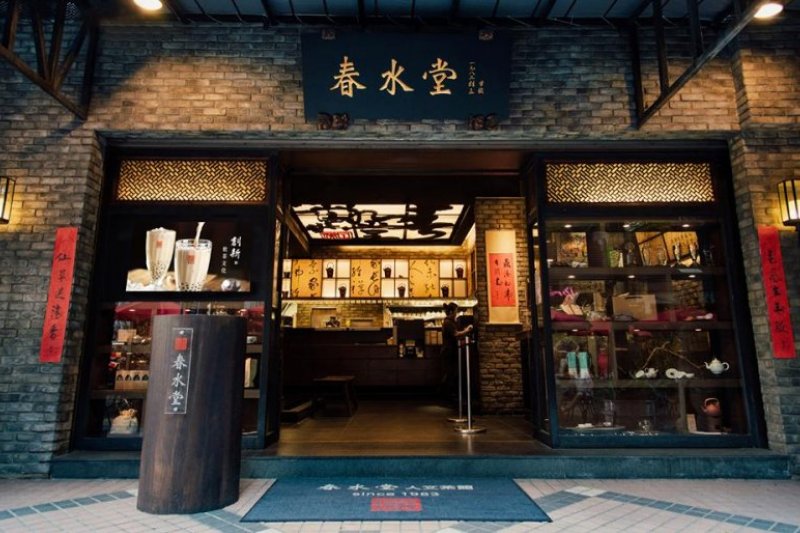
The story of the second origin
The other story claims that Tu Tsong-he , a teahouse owner in Tainan, Taiwan , was inspired to add white tapioca balls to his tea after seeing them in the market.
He began calling it " pearl tea ," as boba resembled the precious gems found in black tea. He soon added honey and jaggery to sweeten the tea and also offered his customers the option of black tapioca .
Although we cannot confirm which of these two people was the first to invent bubble tea, we do know that a similar world-changing concept emerged from these accidental experiments.
Now, Taiwan has hundreds of Bubble tea shops. The bubble industry has grown, including a wide variety of tea flavors and add-ons such as pudding, boba and jelly.
As of 2019 , the boba industry was worth $2.4 billion and is expected to grow by another $2 billion over the next 7 years . This speaks to a rising trend for boba fans!
Due to the popularity of Bubble tea, many new product categories were created to enrich the boba experience. For example, typical straws used in everyday life are too thin to allow boba to pass through.
Thus, the rise of bubble tea generated a demand for wider straws . The stainless steel and eco-friendly markets seized this opportunity, producing reusable metal straws for avid boba drinkers. Who knows what big changes the boba will push for next?
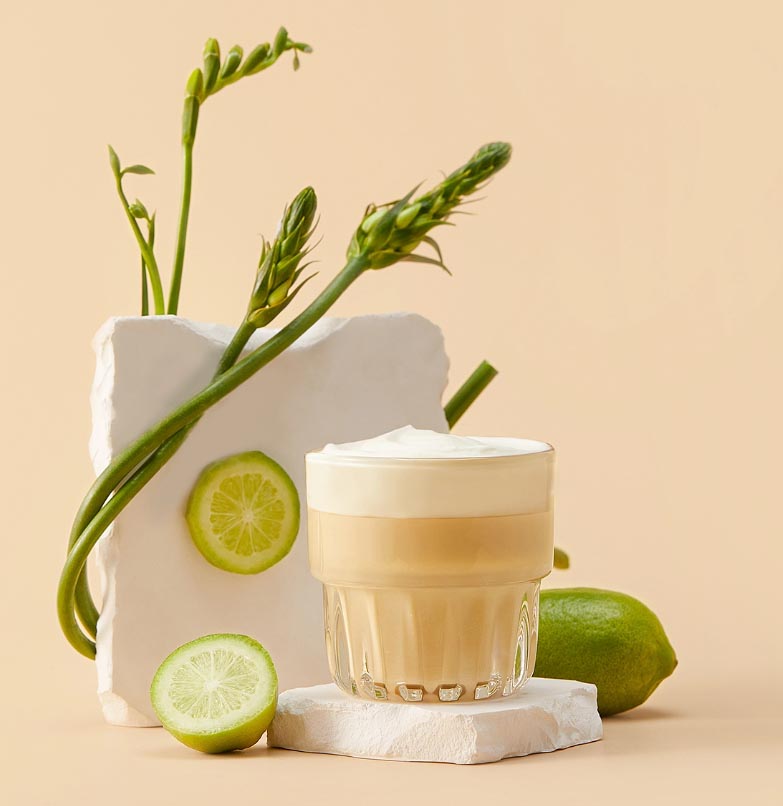
Is boba tea unhealthy?
In short, it depends on which boba tea you order .
Contrary to the belief of some, traditional bubble tea is not a healthy drink . According to Healthline, bubble tea contains a lot of sugar, calories and fat.
Healthline points out that bubble tea contains so much sugar that it is almost equivalent to drinking soda. There are also many different types of bubble tea, including bubble tea with milk . Bubble tea with milk is especially high in sugar.
Due to the common knowledge that tea is a healthy beverage option, many assume the same for boba tea.
Some of these assumptions are valid: The benefits of traditional tea (depending on grade) come primarily from antioxidants , and these benefits include better brain function, protection against cancer, fat loss, and a lower risk of heart disease.
Green tea also includes plant chemicals that help reduce inflammation and protect cells from damage.
So if tea is good and milk is good, wouldn't boba milk tea be great for you? Incorrect. Bubble tea is in many cases considered a " guilty treat " or dessert due to the large amount of sugar typically included in each cup.
In addition to added sugar, many fruit boba teas you'll find at local boba shops use syrups full of artificial sweeteners and purposeless ingredients to enhance the drink's flavor.
And finally, because tapioca pearls are starchy , they are inherently high in calories (100 per cup of boba tea). As you can see, the unhealthy side of boba shows itself the moment you focus on everything besides tea.
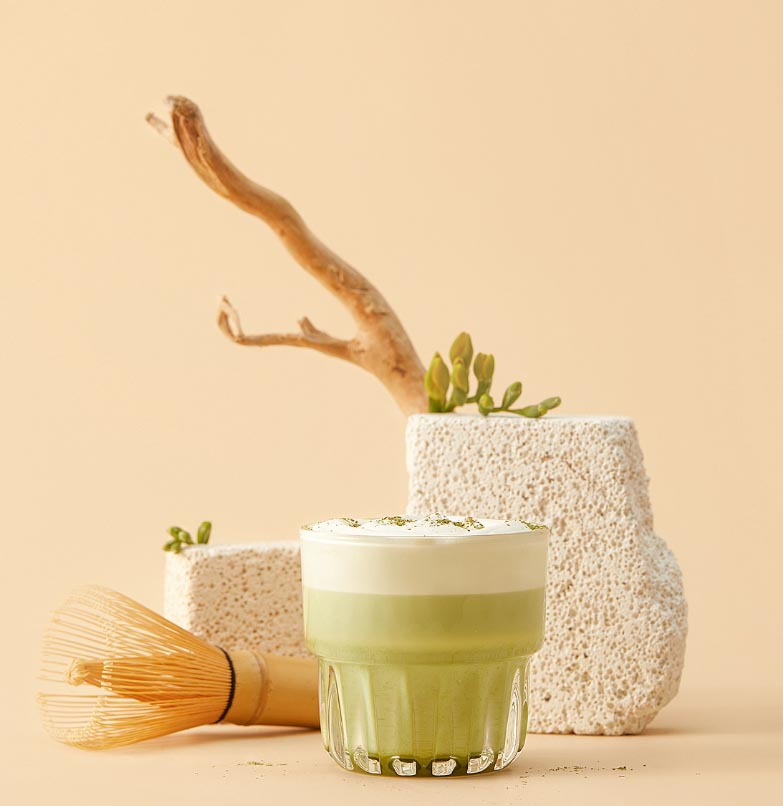
Is Boba vegan?
The short answer: For the most part yes, just be sure to ask an employee . (Some cups are not)
As mentioned above, the typical boba in milk boba (tapioca) is a starch and has no gelatin . Therefore, if you make boba at home, it will be quite easy to follow a vegan diet.
On a similar note, the popping pearls in fruit boba are made with seaweed extract and a calcium compound, which again has no gelatin. In the drink, the fruit flavor is usually created from a puree or syrup and are therefore almost always vegan.
Going back to boba milk, the milk itself is where you'll typically find the only component that may not be vegan.
Most boba shops use vegan creamer like oat milk, almond milk, or nut milk. However, this is where it is extremely important that you ask an employee . Some stores use cow's milk which of course does not meet vegan standards for obvious reasons.
On a positive note, most boba shops offer vegan milk alternatives so you can enjoy the same experience without worrying about your diet.
Where does the tapioca or 'boba' in bubble tea come from?
The history of boba tea is long, winding, and complicated, but that of tapioca is much easier to follow. Tapioca is the main ingredient in traditional milk-based boba tea.
It is a starch extracted from cassava roots . Yucca plants are native to the Americas, but are now grown in tropical regions around the world, including Africa, South America, and Southeast Asia.
The first recorded use of tapioca was in Europe, in 1544 . The Portuguese brought cassava to Africa, where it was grown and used to make flour.
The flour was then exported to Asia, where tapioca pudding was made. For centuries, tapioca pudding was a delicacy in South and Southeast Asia, but it wasn't the only starch-based pudding to gain popularity.
In the 19th century, starch-based puddings, including tapioca pudding, became popular in Europe and North America. The most popular starch-based pudding was the English version, which was called "sago pudding." Sago is slightly different from yucca and is native to Asia .
Although we don't know the exact year tapioca was first made into pearls, we do know that it was invented in the islands of Southeast Asia (Brunei, Indonesia, Malaysia, the Philippines, Singapore, and East Timor).
It was commonly used in dishes to increase the texture and flavor experience, and eventually found its way to Taiwan. This is where it was first infused into milk tea to create boba tea .
How do you make the 'boba' in boba tea?
Tapioca balls are derived from the cassava plant. The process of making tapioca balls involves cutting the cassava root into small pieces, then boiling it for about 30 minutes or until it softens and the juice can be extracted.
The juice from the cassava root is then used to make tapioca balls . After extracting the juice from the tapioca balls, they are dried in the sun and packaged.
Many people wonder how tapioca balls are made in different shapes. Tapioca balls are made in different shapes using different tools .
For example, tapioca balls are made into flower shapes using a flower cutter, and tapioca balls are made into cubes using a cube cutter. The tapioca balls are then stored in a refrigerator for at least 2 days before being used in a drink.
How to make boba at home?
Now that you know almost everything there is about boba tea, it's time to learn how to make it yourself.
First, let's start with the supplies. Depending on the type of boba, you'll first want to choose your ideal topping. For the sake of this example, we will use a tapioca pearl.
You will need to purchase a package of bubble tea pearls. Secondly, make sure you get your preferred tea, milk (or fruit pulp if you prefer), some brown sugar and you are good to go.
1.Gather the Ingredients : Before you begin, make sure you have all the necessary ingredients and utensils on hand.
- Tapioca pearls (boba)
- Tea of your choice
- Milk (can be regular milk or a dairy-free alternative like almond milk)
- brown sugar
- Water
- Optional: Ice and other accessories that you like
2. Prepare the Tea:
- In a medium pot, combine water with the tea bags or leaves of your choice.
- Bring to a boil and then remove from heat.
- Let the tea cool to room temperature.
3.Cook the Tapioca Pearls :
- In another pot, bring water to a boil.
- Add the tapioca pearls and cook over medium heat for 15-20 minutes.
- Make sure they are tender and chewy.
- Once cooked, drain them using a colander.
4.Prepare the Brown Sugar Syrup:
- Place the drained pearls in a bowl.
- Add brown sugar to the bowl and mix well so that the pearls are covered with the sugar.
- Let the pearls absorb the syrup for about 30 minutes.
5.Assemble the Boba Tea:
- In a large glass, place a portion of tapioca pearls at the bottom.
- If you wish, add ice.
- Pour the tea over the pearls.
- Add milk to taste.
- Optional: you can add more brown sugar syrup if you want it sweeter.
6. Enjoy!
Stir well, grab a wide-mouth straw, and enjoy your delicious homemade boba tea.
Where to buy bubble tea?
The easiest way to get boba tea is to Google “boba stores near me.” The vast majority of boba tea is made fresh and sold in boba shops that specialize in it.
Beyond boba shops, many Asian restaurants and Asian supermarkets sell the drink fresh or canned.
To buy
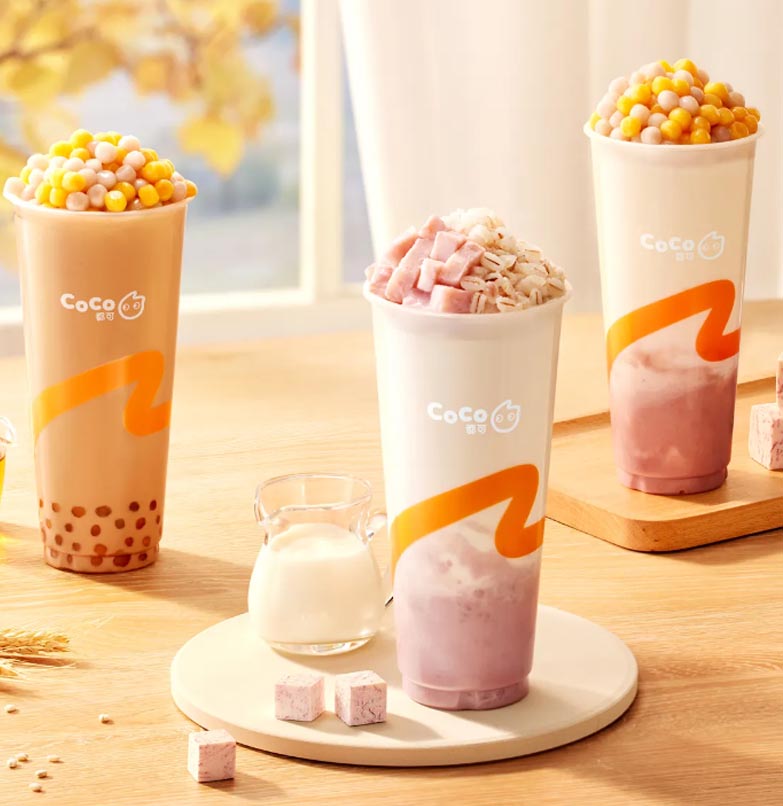
CoCo Fresh Tea & Juice introduced its all-time favorite bubble tea to New York in the winter of 2011, opening its first store across the street from Baruch College. Over 8 years, we opened 21 stores in New York and New Jersey.
Headquartered in Taiwan, CoCo started from a humble place in Tamsui in 1997 to its current extensive presence in Asia, the South Pacific and North America.
In addition to a wide variety of bubble tea selections and healthy fruit tea options, CoCo Fresh Tea & Juice is dedicated to recreating the tea drinking experience, introducing new beverages to the market.
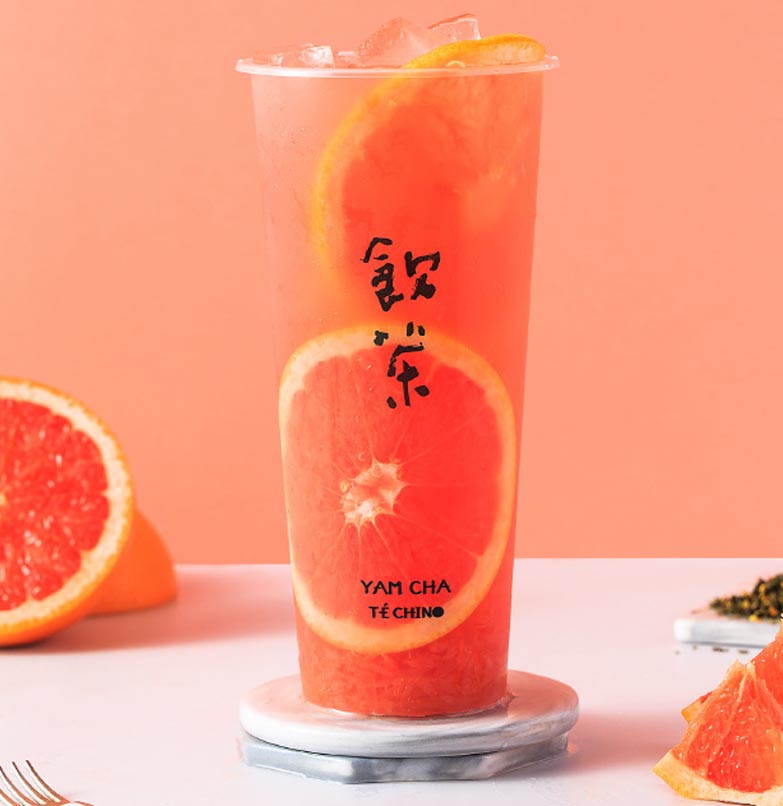
From the pronunciation of "drinking tea" in Cantonese. In order to provide every young person with the purest taste of tea, the raw materials are all from China, just to provide the most authentic Chinese bubble tea. Strict requirements for raw materials and production process, and adhering to the concept of "healthy tea"
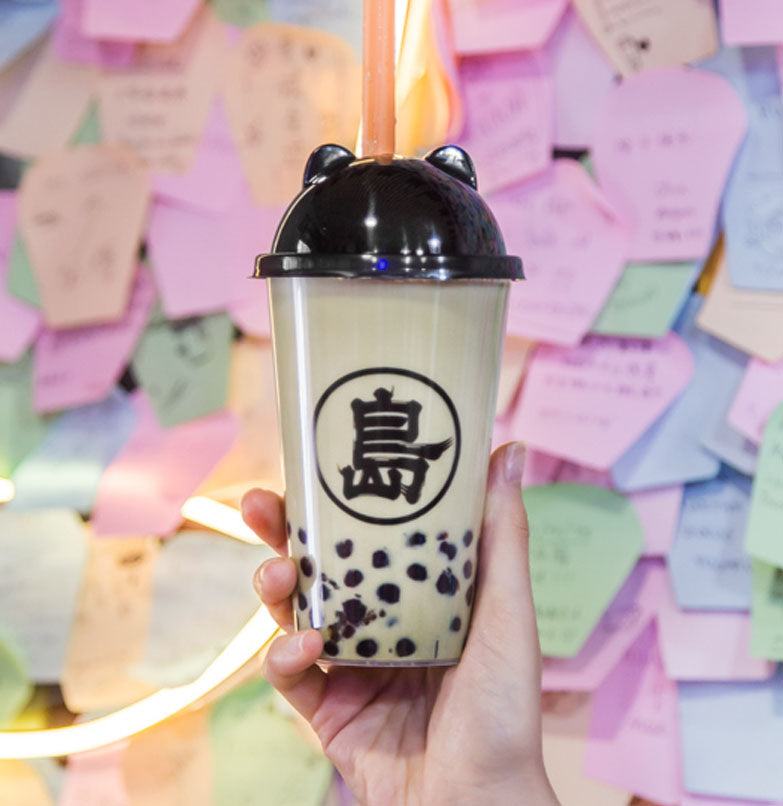
The owner of Isla Cake Bubble Tea is originally from Taiwan. The boba tea served at his establishment stands out for the quality of its tapioca pearls, which are exceptionally good and have a soft and tender texture. Also, it's worth mentioning that the fact that it's from Taiwan adds a touch of authenticity to the drinks it offers, as Taiwan is the birthplace of boba tea. The owner may incorporate traditional recipes and techniques in the preparation, which could contribute to the unique flavor and texture of the pearls. If you are a boba tea lover, visiting Isla Cake Bubble Tea can be a great opportunity to experience an authentic cup of this popular Taiwanese beverage.
CoCo Fresh Tea & Juice introduced its all-time favorite bubble tea to New York in the winter of 2011, opening its first store across the street from Baruch College. Over 8 years, we opened 21 stores in New York and New Jersey.
Headquartered in Taiwan, CoCo started from a humble place in Tamsui in 1997 to its current extensive presence in Asia, the South Pacific and North America.
In addition to a wide variety of bubble tea selections and healthy fruit tea options, CoCo Fresh Tea & Juice is dedicated to recreating the tea drinking experience, introducing new beverages to the market.
From the pronunciation of "drinking tea" in Cantonese. In order to provide every young person with the purest taste of tea, the raw materials are all from China, just to provide the most authentic Chinese bubble tea. Strict requirements for raw materials and production process, and adhering to the concept of "healthy tea"
The owner of Isla Cake Bubble Tea is originally from Taiwan. The boba tea served at his establishment stands out for the quality of its tapioca pearls, which are exceptionally good and have a soft and tender texture. Also, it's worth mentioning that the fact that it's from Taiwan adds a touch of authenticity to the drinks it offers, as Taiwan is the birthplace of boba tea. The owner may incorporate traditional recipes and techniques in the preparation, which could contribute to the unique flavor and texture of the pearls. If you are a boba tea lover, visiting Isla Cake Bubble Tea can be a great opportunity to experience an authentic cup of this popular Taiwanese beverage.



Conclusion
Invented in the 1980s and growing in popularity , boba tea has proven to be more than a "fad" for many reasons. The popularity of boba is growing by the day , with an expected growth rate of just 8% (per year!) over the next seven years .
These milk and fruit-based teas created their own beverage category and introduced a completely new drinking experience to the world .
Although the largest volume of customers is between 18 and 35 years old, boba is a drink enjoyed by people of all ages . From toddlers to grandparents, the world can't seem to get enough of the chewy or popping experience found in boba tea.
As boba fans , we believe that boba tea has yet to reach the surface of its full potential and reach of new audiences, but it has definitely grown over time in the hearts of many.
Blog
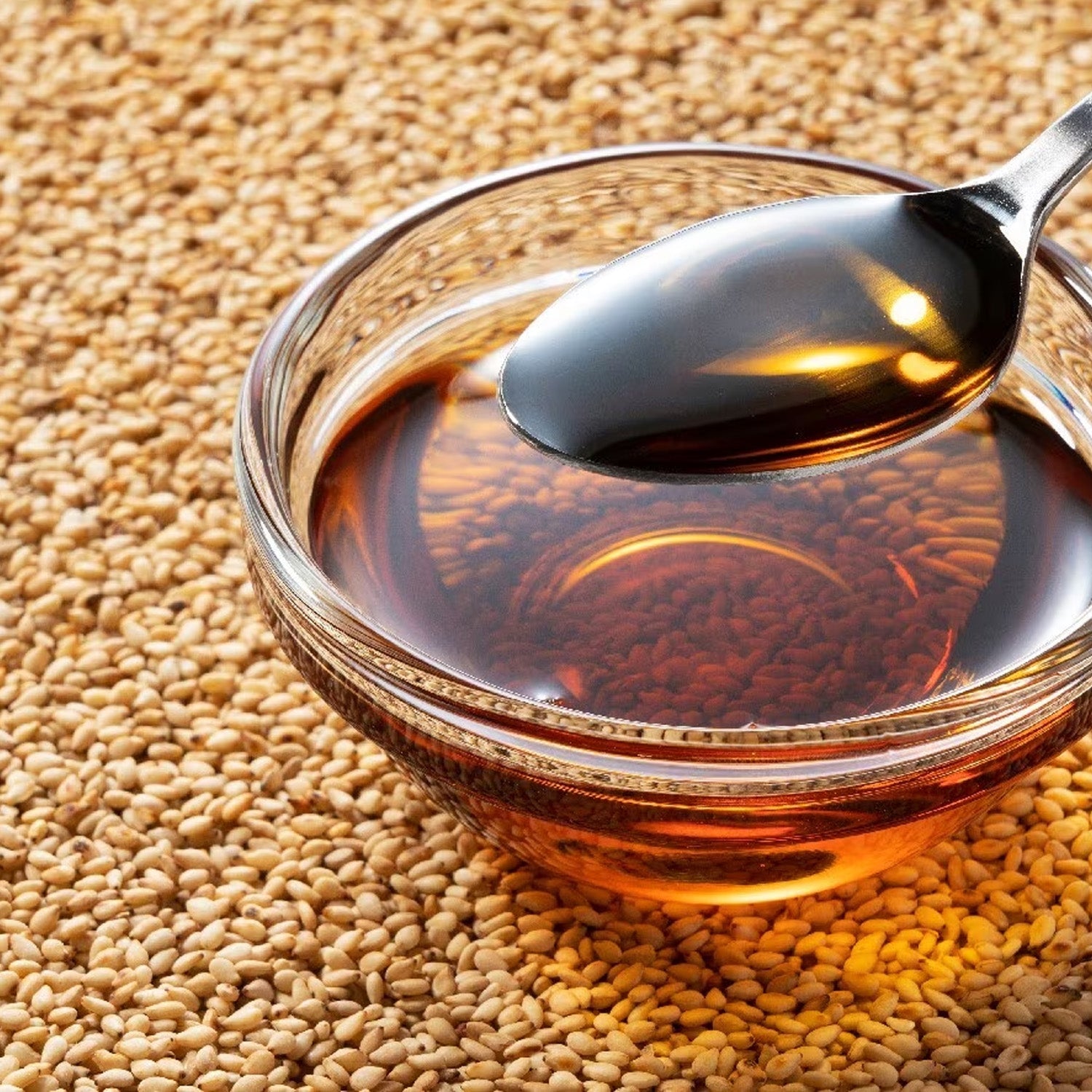
Benefits of Sesame Oil: Health and Cooking at its Best
The numerous benefits and uses of sesame oil in cooking, personal care and health. Learn how to take advantage of its antioxidant and anti-inflammatory properties.
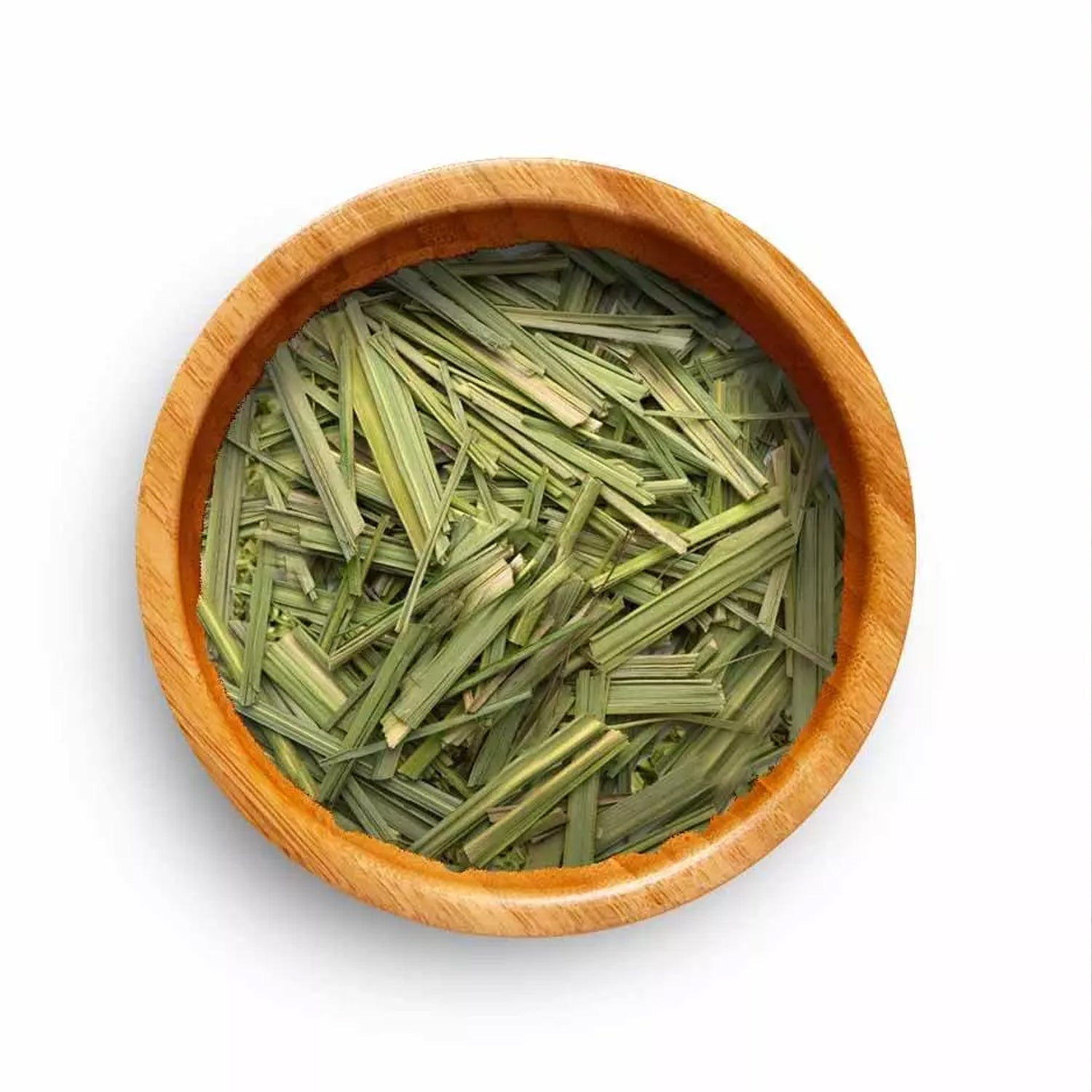
Benefits of Lemon Grass: Culinary and Medicinal Uses
Lemon Grass can transform your favorite dishes and improve your health. Learn about its culinary uses, medicinal benefits, and featured recipes to incorporate this versatile plant into your daily l...
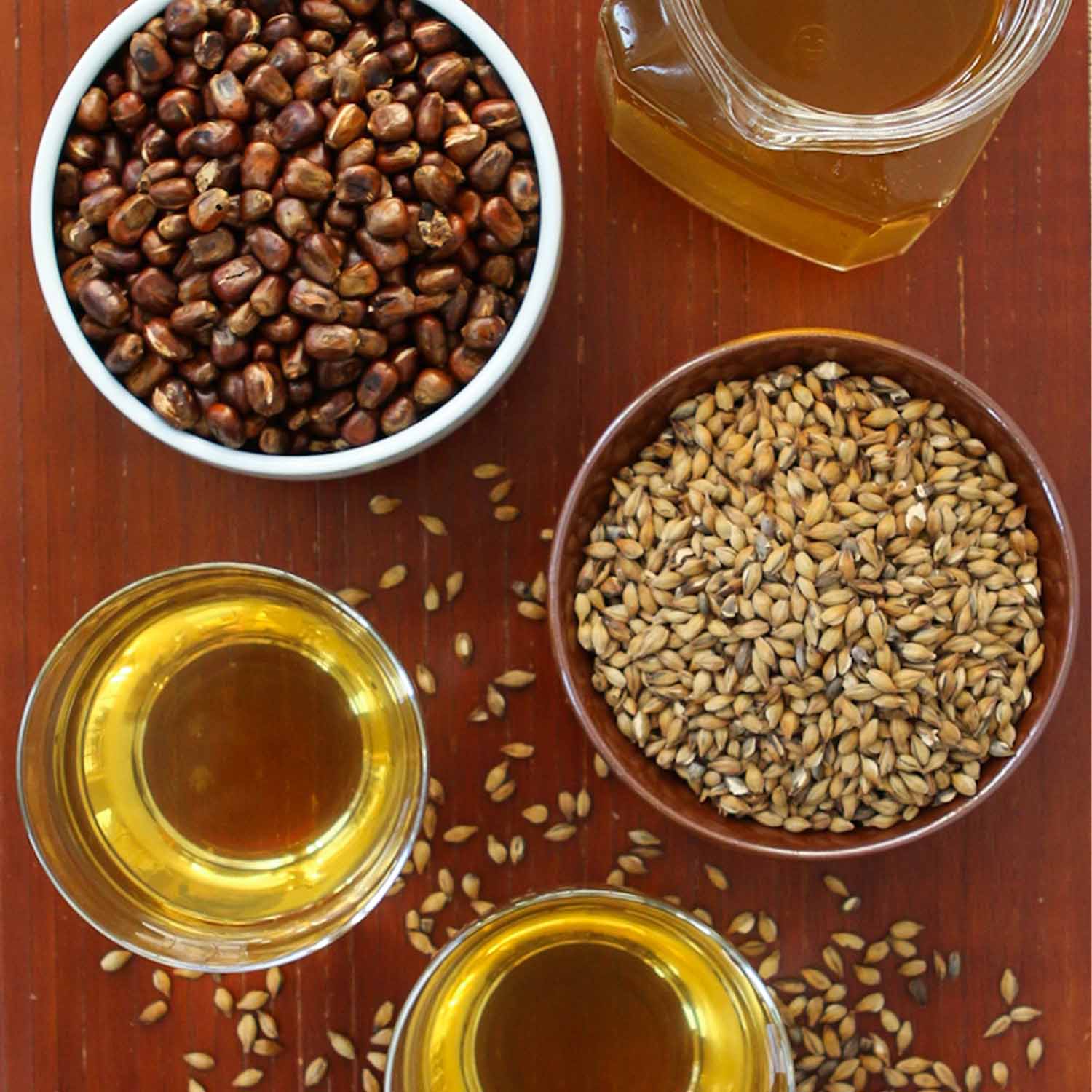
Korean Barley Tea: Tradition and Health in Every Cup
Korean barley tea, known as bori-cha. Learn about its origin, health benefits and how to prepare it at home. A caffeine-free drink rich in antioxidants. Discover the tradition and benefits of this ...

